Method designs head-mounted display for surgeons
The Vivi device displays vital signs of patients within a clinician’s field of vision by communicating with other monitoring equipment.
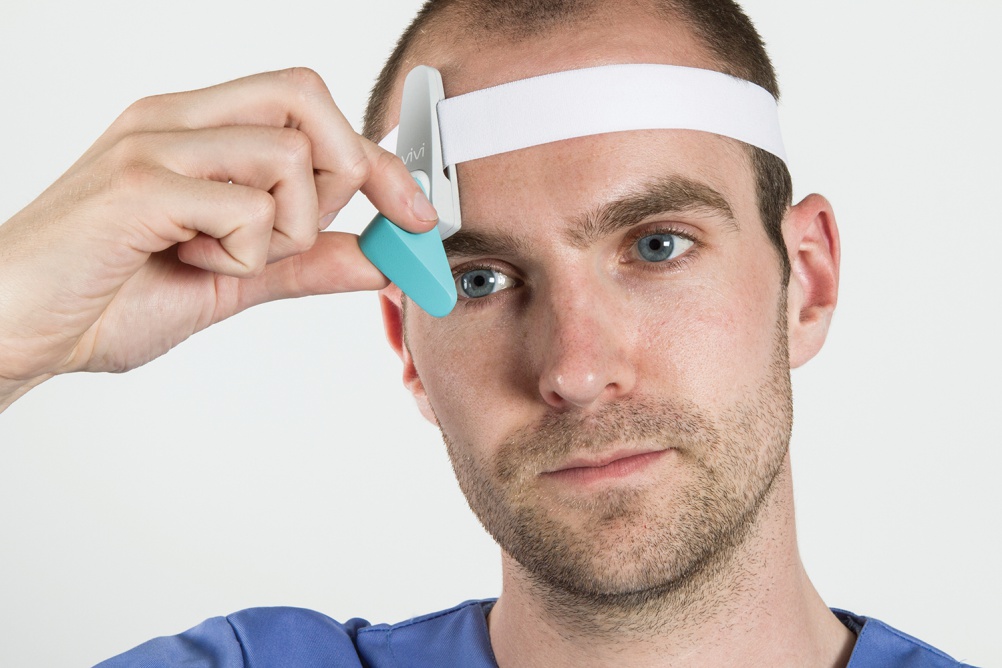
Method has co-designed a head-mounted display product tailored for surgeons, nurses and paramedics, which allows them to see a patient’s vital signs while they are working.
The consultancy has worked alongside product development and engineering company GlobalLogic to create Vivi for the client Bay Innovations. The company plans to take it to market after a period of user testing and clinical testing.
Method, which is responsible for the industrial design, the interface and the user experience was approached by Bay Innovations, a start-up, set up by a pair of professional anaesthetists.
Vivi gives health professionals access to the patient’s heart rate, blood pressure and oxygen levels within their field of view.
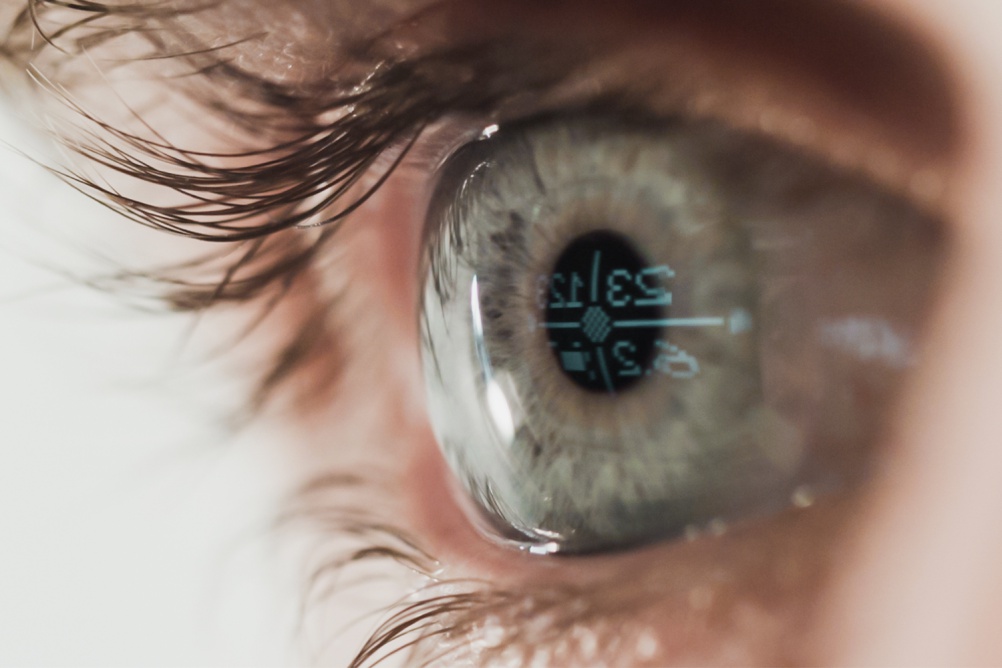
The user benefit is being able to respond more quickly to the task in hand and to focus more attention on the surgery, procedure or examination, while giving full attention to the patient, according to Method lead interaction designer Neil Usher.
Usher stresses that “In a clinical environment monitoring equipment is perfectly reliable but it’s not always in a clinician’s line of sight and can sometimes be obscured by team members; a clinician can’t give all their attention to a patient if they’re constantly referring to equipment.”
Method found that the likes of Google Glass or Vuzix M100 are too generalised for specific applications and so sought to find a user centred solution with no excessive features.
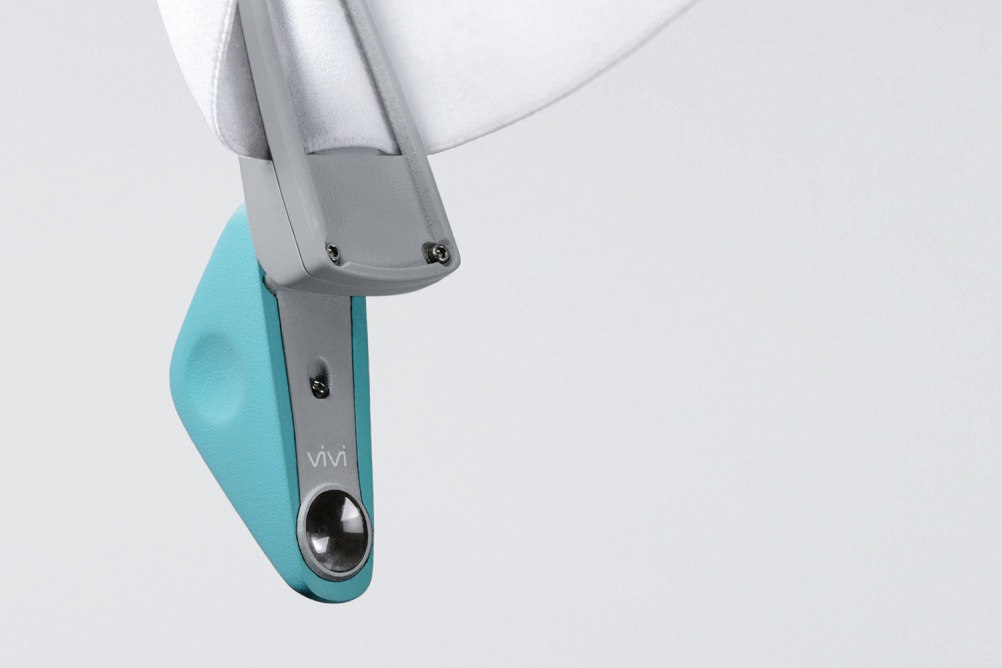
It had to meet the demands of a clinical environment, integrate with existing monitoring equipment, and prove to be robust, hygienic and physically unobtrusive. To this end Usher says the design has a “soft and unintimidating form”.
Meanwhile it needed to manage attention but without being unnecessarily distracting and work reliably for hours on end without being charged.
Method says it took a holistic design approach to balance user needs with technology constraints, business objectives and a strong identity.
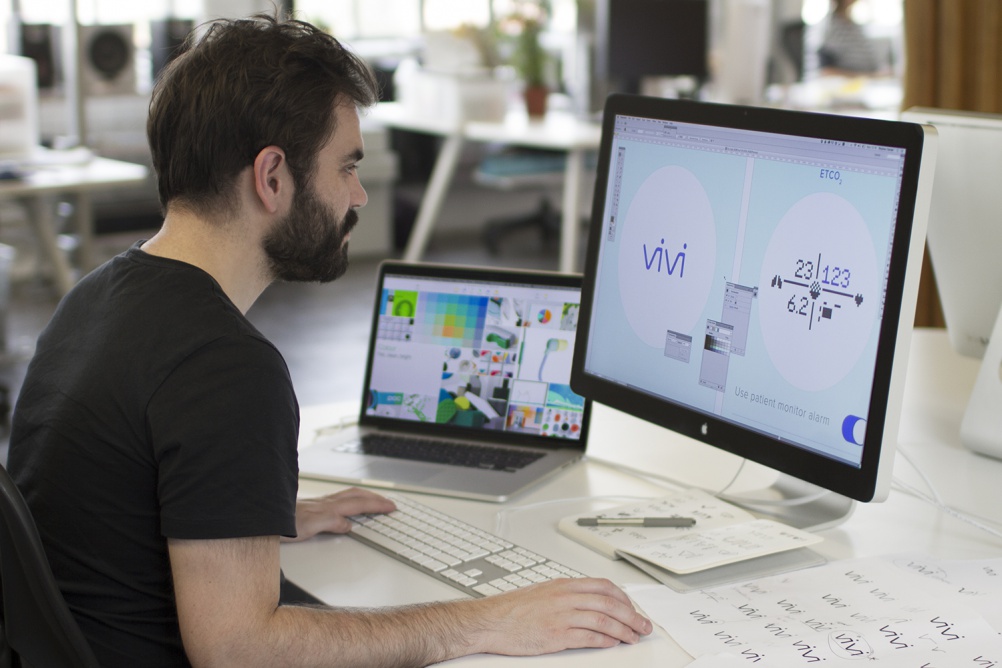
A discovery phase launched the project combining user interviews, clinical studies and “human factors” research.
Challenges, opportunities and requirements were identified and through prototyping, designs were iterated.
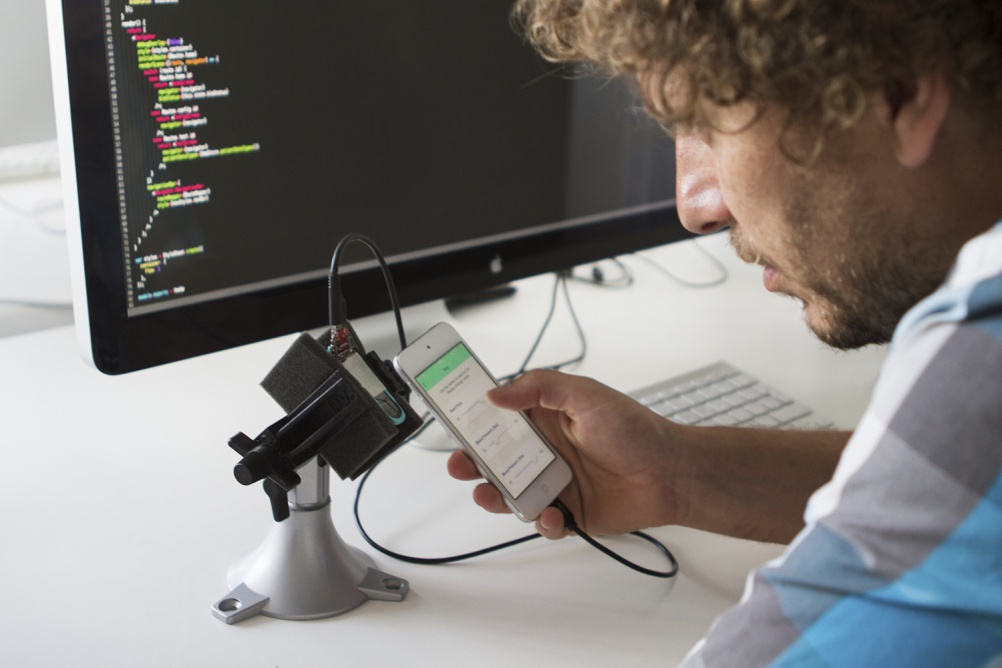
A route emerged and optics, electronics and firmware were developed – along with a name, identity and route to market.
How does it work?
Vivi uses a secure Bluetooth connection to collect and integrate patient data. Its settings and its interface are controlled via an accompanying app which can be programmed by the clinician to meet their own requirements.
Method says that by keeping the user’s needs in mind the product has been designed to be lighter, cheaper, more reliable and with a longer battery life than any other HMD on the market.
Usher says the triangular form of the product is design registered and the ball socket design is patented. Partly through this protection Method has helped Bay Innovations look at other ways it might market the product to different industries.
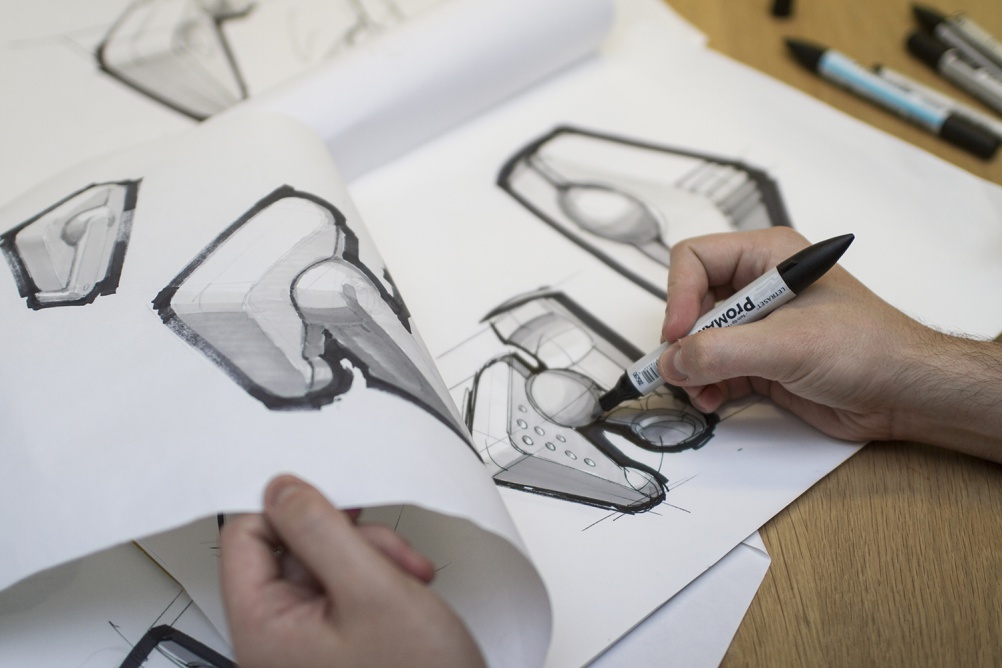
“It’s designed as a healthcare product but there are other ways they can commodify it. It could work for light industry, security, retail, anyone looking for simple, cheap and robust…We’ve made a cycling version with simple GPS and navigation.”
-
Post a comment




